An Australian cryonics company, Southern Cryonics, sparked a widespread debate after successfully freezing their first client, known as ‘Patient One’. The man, in his 80s, passed away in a Sydney hospital before being transported to Southern Cryonics’ facility in Holbrook, New South Wales. There, his body was cryogenically preserved at -196°C, with the hope that future medical advancements might one day revive him read more
)
Image used for representational purposes. Cryonics-uk.org
The advent of cryonics, a field dedicated to preserving human bodies at extremely low temperatures in hopes of future revival, has seen a significant milestone in Australia. Southern Cryonics, a company based in Holbrook, has frozen its first client, marking the first such instance in the Southern Hemisphere. This event has spurred discussions on the science, ethics, and future of cryonics.
In May 2024, Southern Cryonics successfully cryogenically preserved its first patient, an 80-year-old man from Sydney, who has been dubbed “Patient One.” The man passed away on the morning of 12 May, 2024, in an inner Sydney hospital. The preservation process began immediately, involving a series of meticulously planned steps.
We’re thrilled to announce our first successful cryonics suspension with Patient 1! Thanks to our incredible team and partners for their swift and dedicated efforts. A major milestone for Southern Cryonics and CryoPath! 🚀❄️ #Cryonics #Innovation #TeamWork
— Southern Cryonics (@StaSysAus) May 20, 2024Philip Rhoades, the facility manager at Southern Cryonics, expressed the intensity of the process. “[It was] very stressful. That was what was keeping me awake for a week because there are a number of different procedures to go through for different days, and there were a number of situations that might have gone wrong if we hadn’t prepared properly.” he told ABC Australia.
What was the procedure?
The patient’s body was initially cooled to around 6 degrees Celsius in the hospital’s cold room. From there, it was transported to A O’Hare Funeral Directors, where doctors and perfusionists pumped a cryoprotectant liquid through the body to prevent ice crystal formation.
Also Read: Too hot to handle. How much heat can a human body sustain?
The body was then wrapped in a special sleeping bag and packed in dry ice, lowering the temperature to minus 80 degrees Celsius. Finally, it was transported to Southern Cryonics’ Holbrook facility, where it was cooled further to minus 200 degrees Celsius using liquid nitrogen and placed in a dewar tank, a specialised vacuum storage vessel.
The process, costing the patient $170,000 plus additional fees for medical teams, highlighted logistical challenges, particularly for those outside metropolitan areas. Rhoades noted, “With the people who are involved, all the different professionals, it’s much easier if it happens in Sydney or possibly Melbourne. If you started getting out into the regional areas or the other states it starts becoming more difficult.”
The science and ethics of Cryonics
Cryonics involves preserving human bodies at cryogenic temperatures (−196°C) with the hope that future medical advancements might reverse the damage caused by aging and disease, ultimately restoring health. Cryoprotectants are used to vitrify rather than freeze tissues, preventing ice crystal formation and preserving cellular integrity.
Despite its potential, cryonics remains controversial. Professor Bruce Thompson, head of the Melbourne School of Health Science, while speaking to ABC Australia, likened the process to “Star Trek in play” and voiced skepticism about its feasibility.
“I know the work just to actually unthaw some cells that are just sitting in a small little test tube and then making them alive again is a significant process,” he said. “Doing that for a whole human body — and it died for a reason at the end of the day — and then reversing that and then reviving that is a very, very long time away.”
Thompson also raised ethical concerns: “The people who are actually doing this business are taking money off people at a time when [the client] is very, very vulnerable and, at this stage, there is no prospect at being able to revive that person and reverse this process.” However, he acknowledged the unpredictability of scientific advancements, saying, “Never say never to anything because in my life I have seen some amazing things happen.”
The future of Cryonics
Southern Cryonics’ Holbrook facility currently houses one dewar tank capable of holding four bodies, with plans to acquire more tanks soon. The facility can potentially accommodate up to 40 bodies, with possibilities for further expansion. The company has over 30 founding members who have paid $50,000 each for preservation space, along with 10 annual members.
Cryopreservation, though currently limited to certain types of cells and tissues, is an active area of research. Successful cryopreservation and revival of small animals, such as roundworms and rabbit kidneys, suggest potential for future advancements in preserving and reviving larger organs and possibly whole bodies.
Rhoades, aged 72, expressed hope for the future of cryonics: “I’m a little bit anxious … so it would be nice if there was a 50-year-old someone who had similar skills or experience who might be able to take over if I get hit by a bus or something.”
While the revival of cryogenically preserved humans remains speculative, the preservation techniques used in cryonics continue to improve. Researchers have shown that memories can survive cryopreservation in roundworms, and there are ongoing efforts to cryopreserve larger organs for transplantation.
Cryopreservation is already used in laboratories all over the world to maintain animal cells, human embryos, and some organized tissues for periods as long as three decades. When a biological sample is cryopreserved, cryoprotective chemicals such as DMSO or propylene glycol are added and the temperature of the tissue is lowered to below the glass transition temperature (typically about -120C), says an MIT Tech Review.
At these temperatures, molecular activities are slowed by more than 13 orders of magnitude, effectively stopping biological time.
Cryonics challenges our understanding of life and death, pushing the boundaries of medical science. As technology progresses, what seems impossible today might become achievable in the future. Open-minded discussion and rigorous research are essential as we explore the potential of cryonics to offer a second chance at life.
With inputs from agencies

 3 months ago
16
3 months ago
16

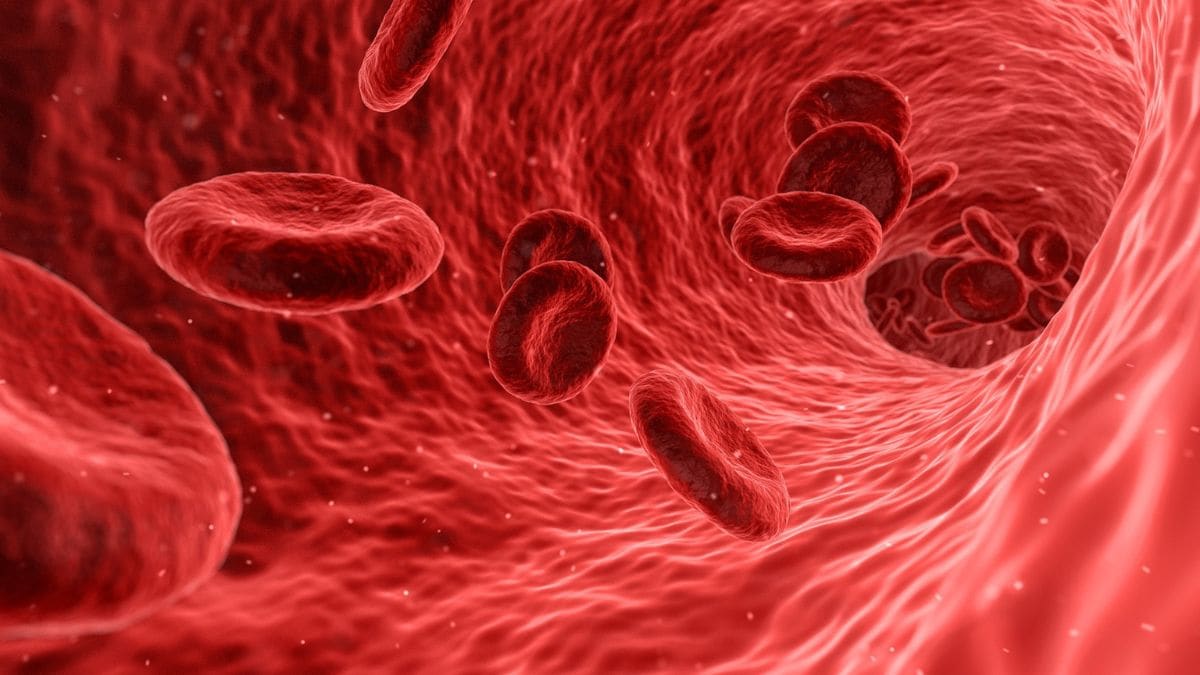
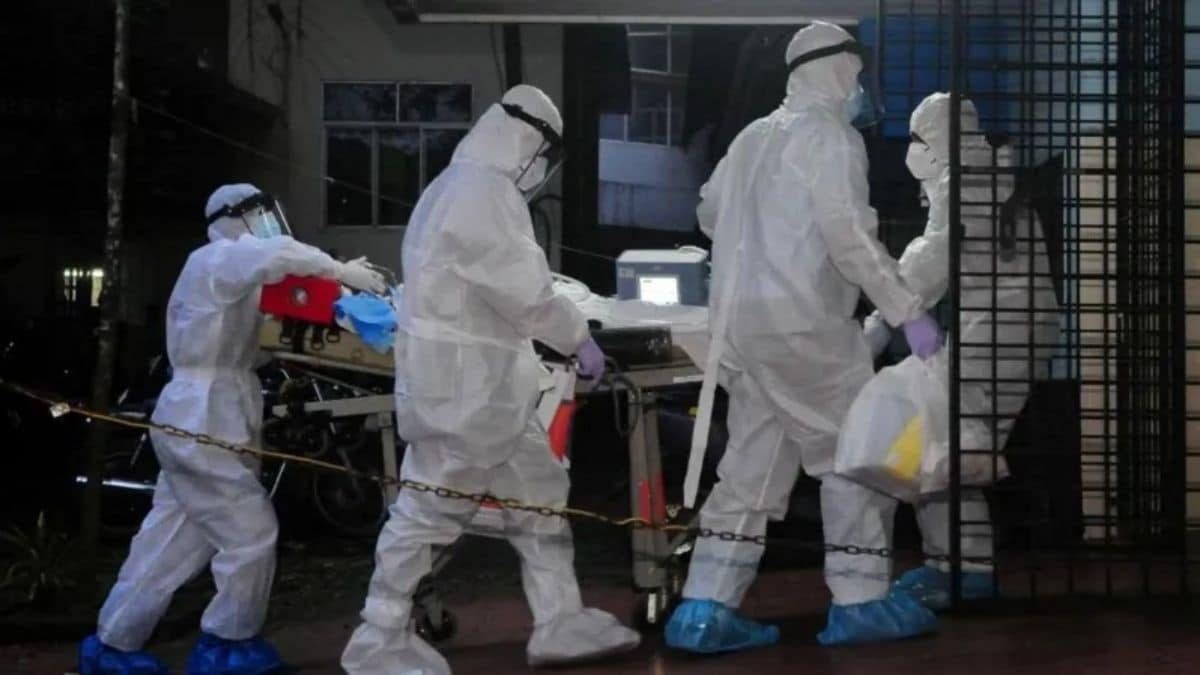
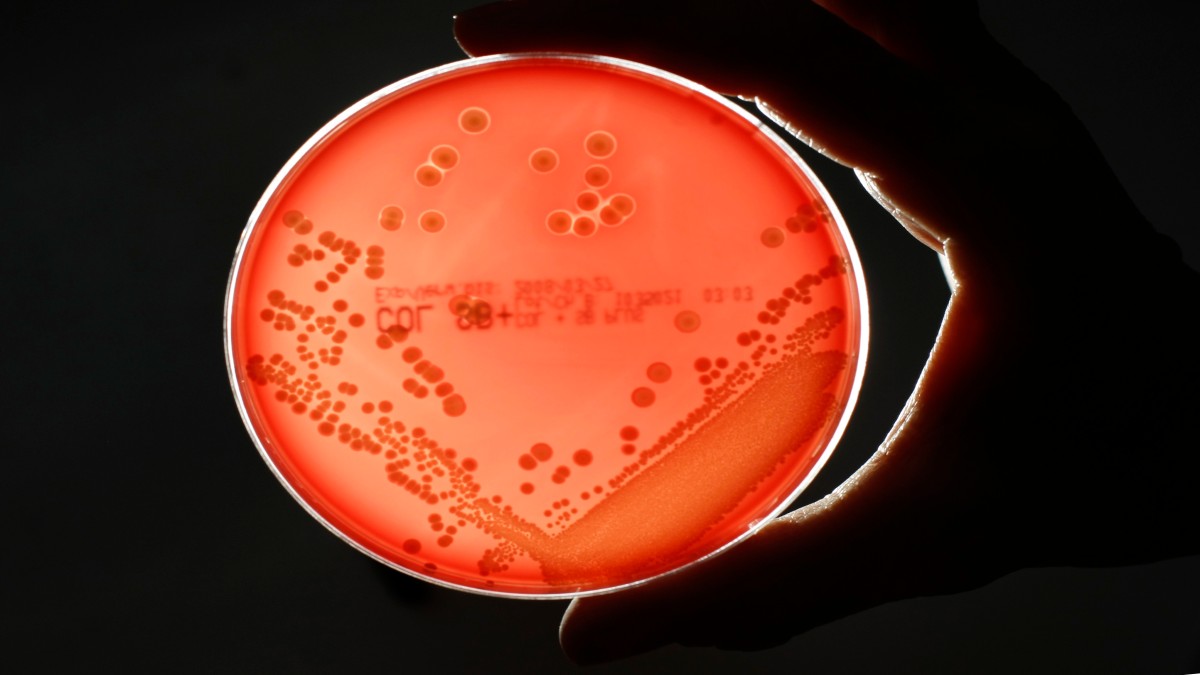
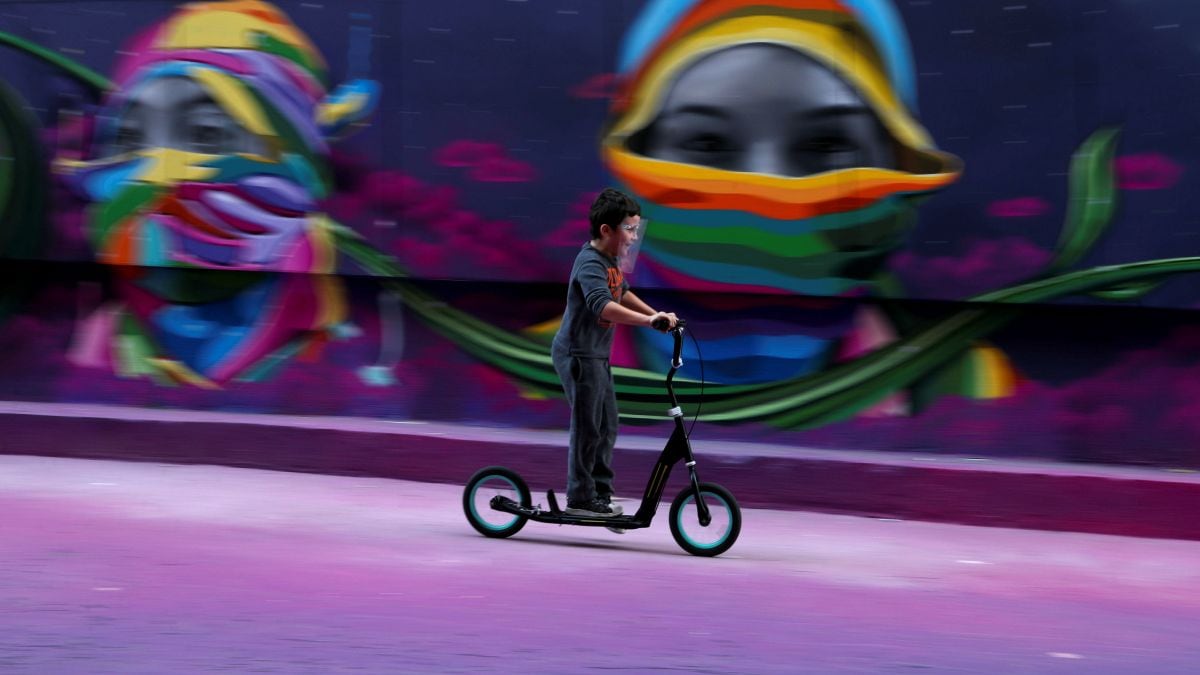




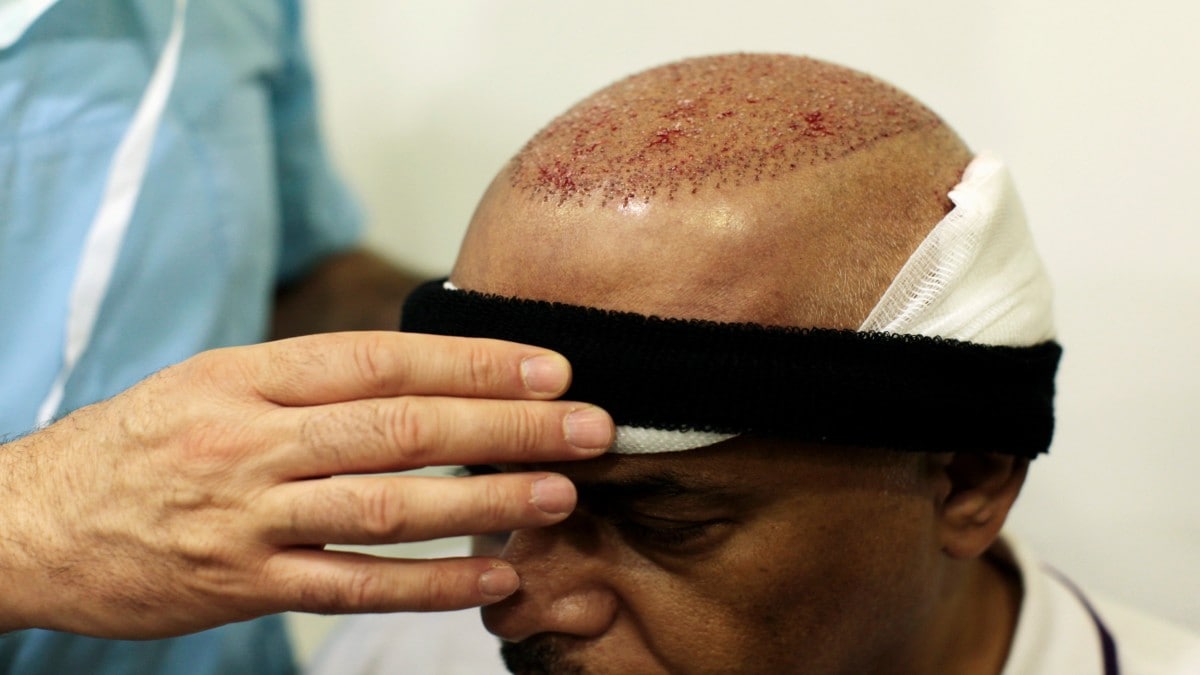
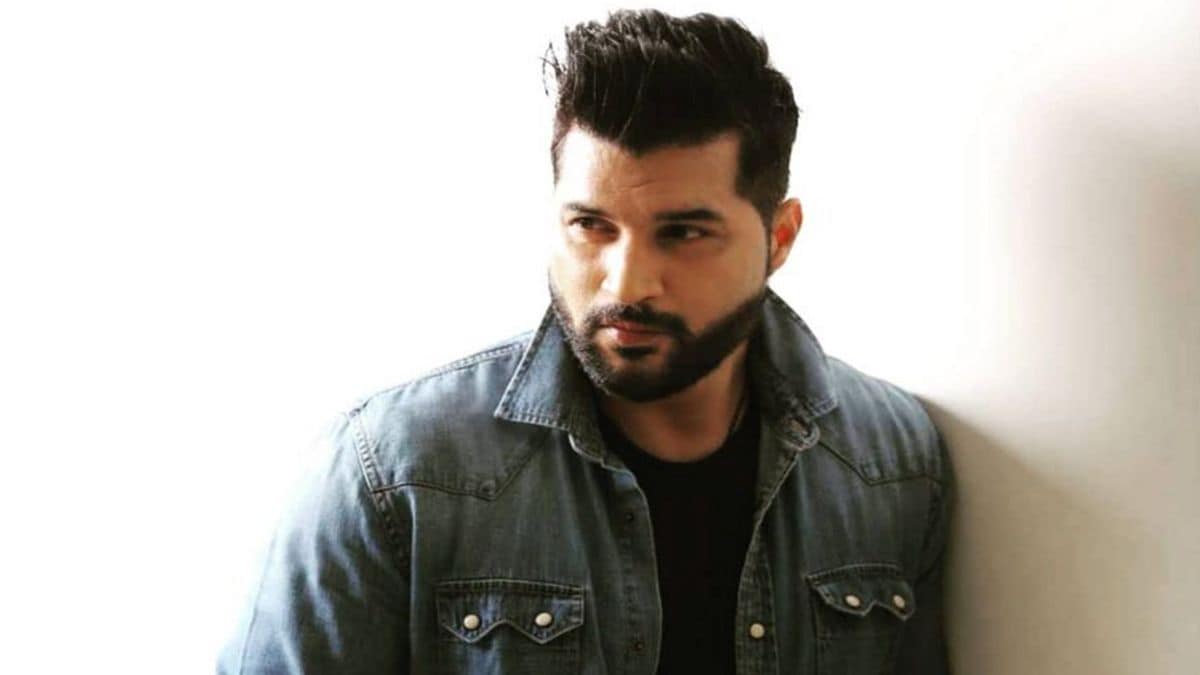


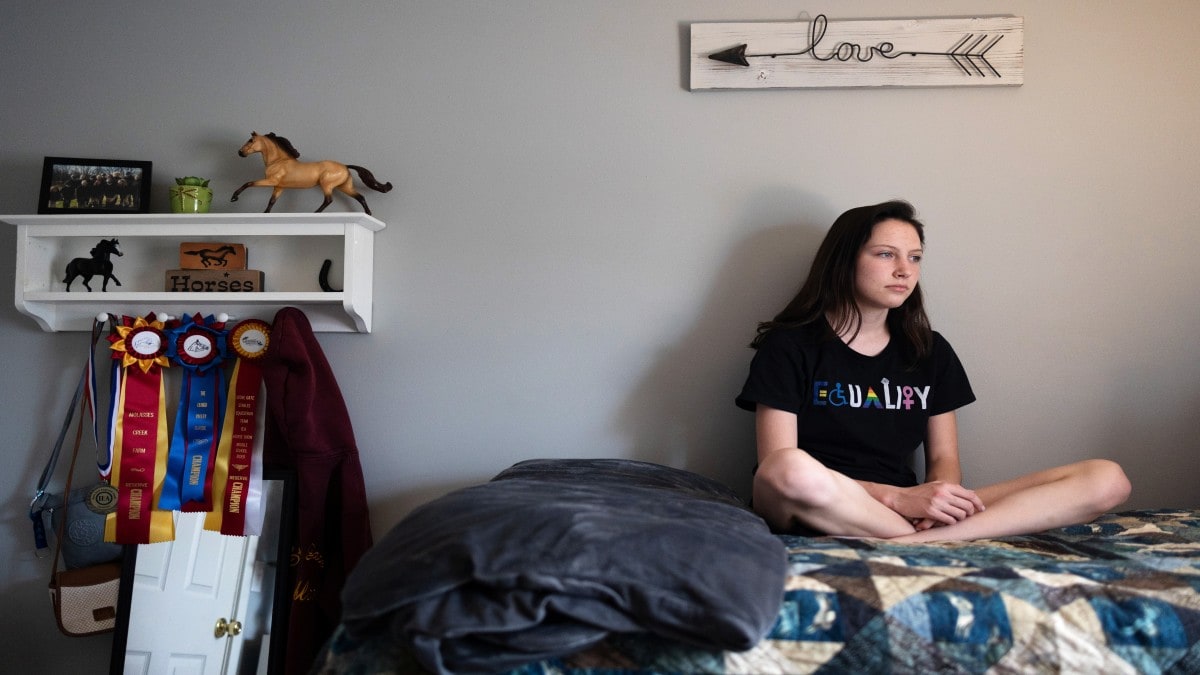
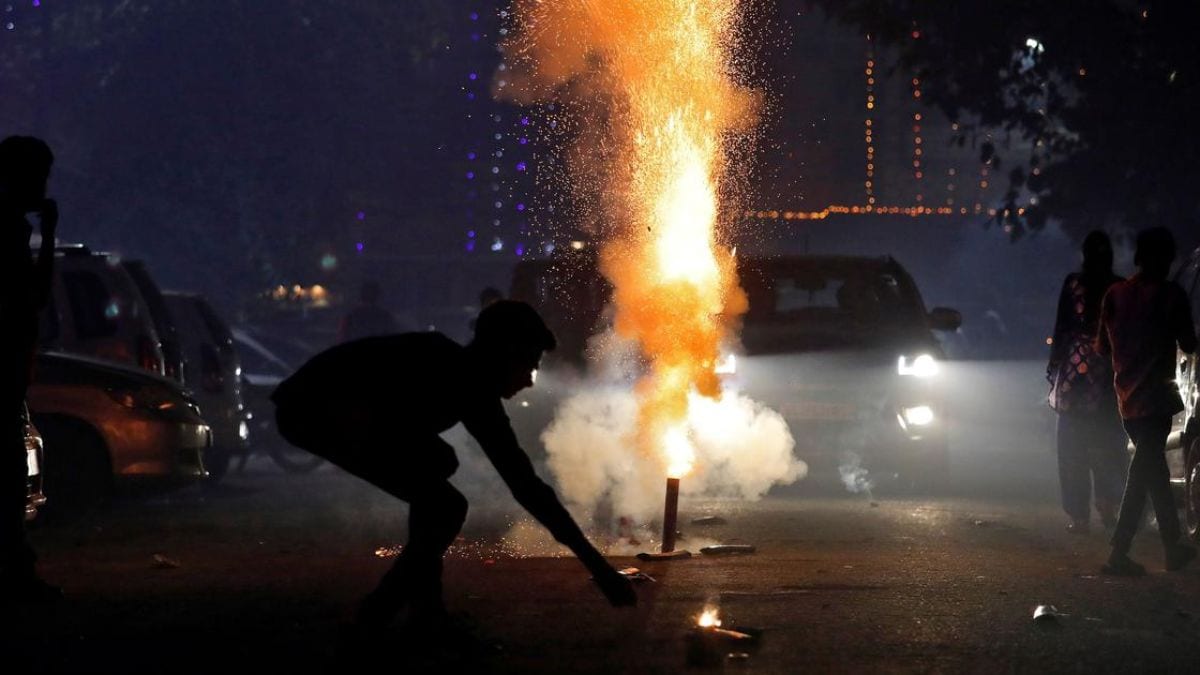
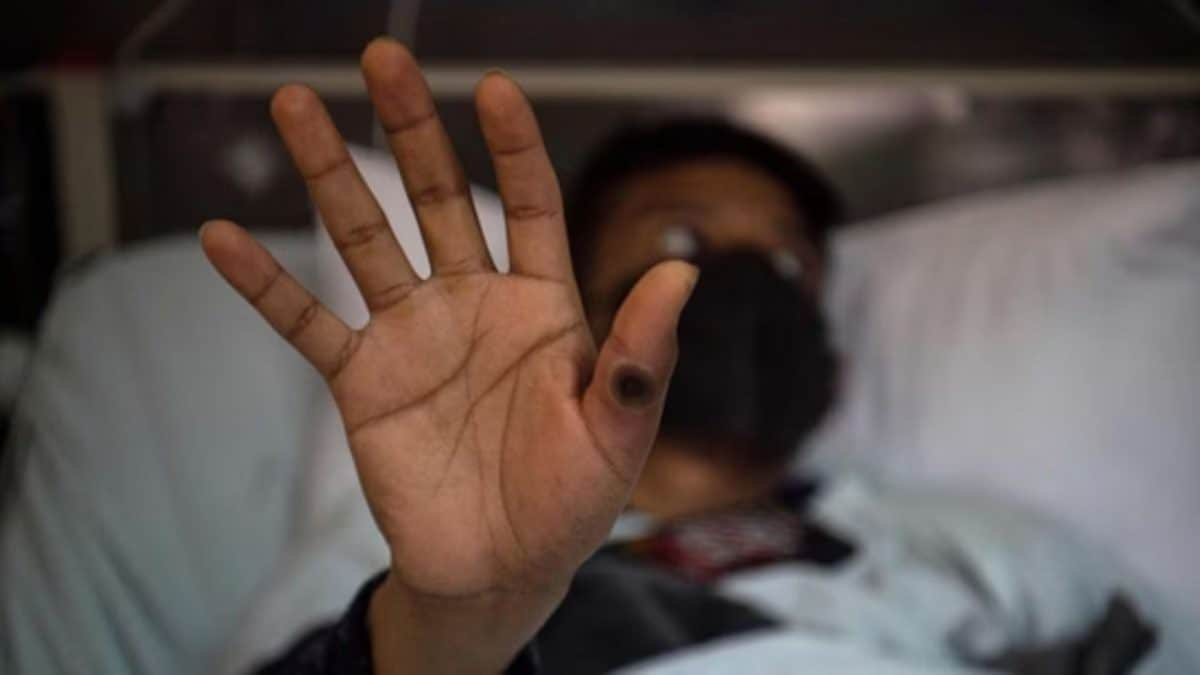
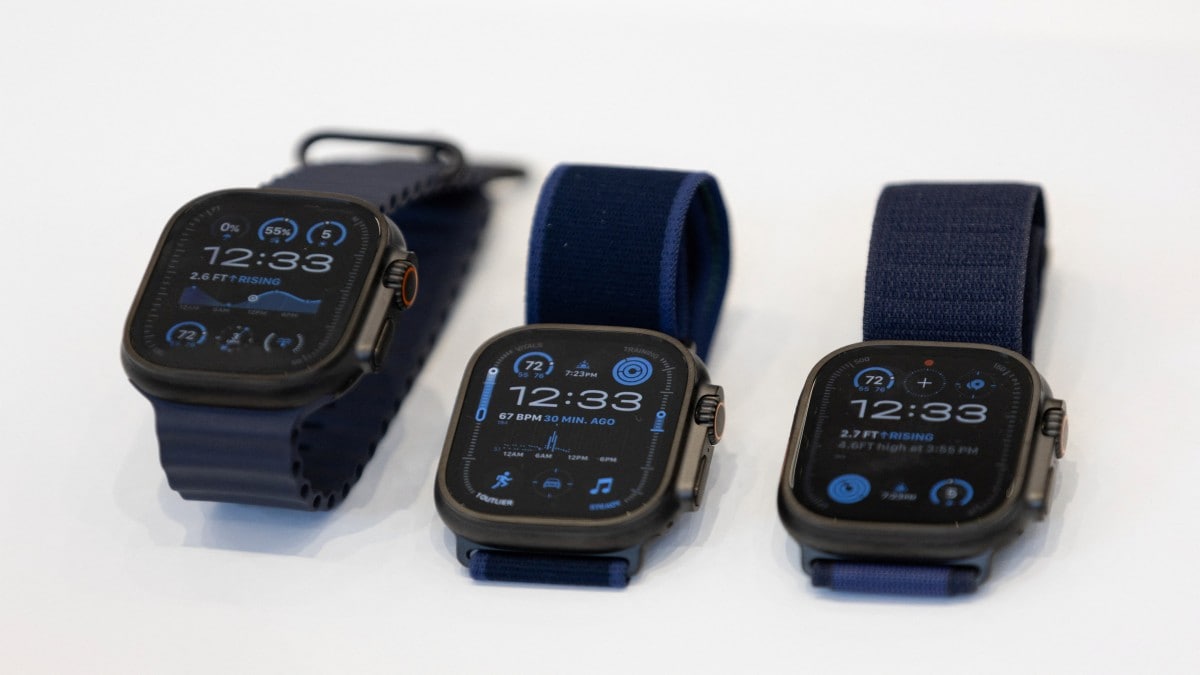

)
)
)
)
)
)
)
 English (US) ·
English (US) ·